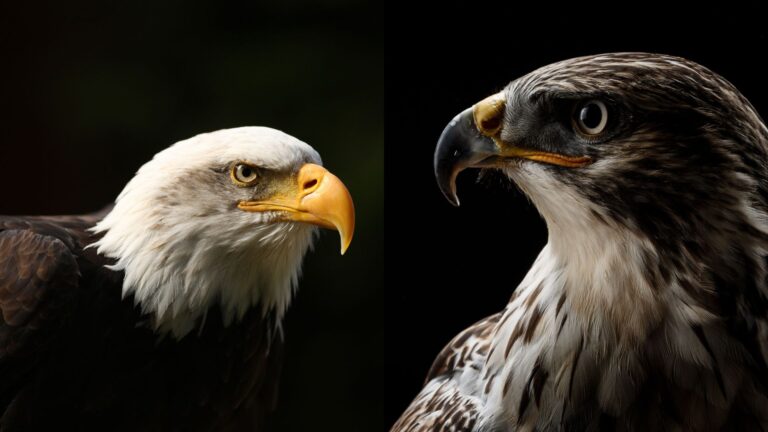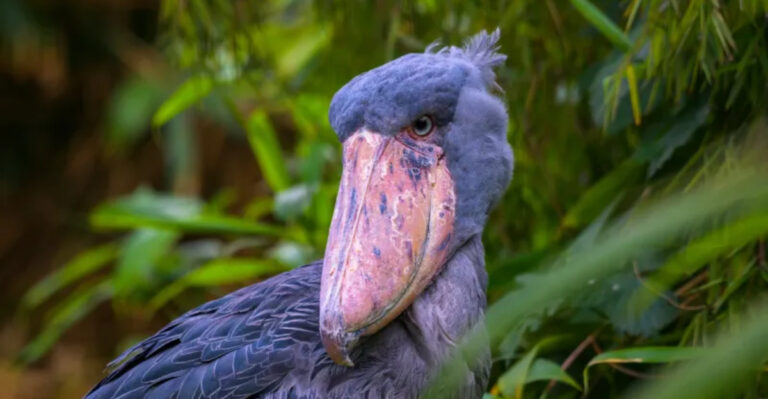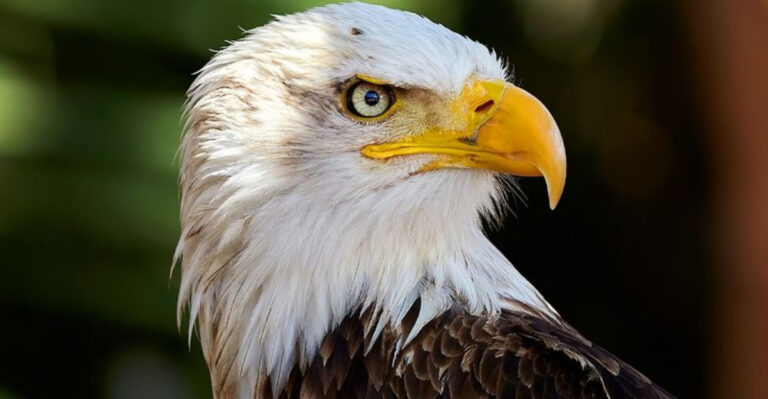How Lion’s Roar Can Be Heard 5 Miles Away
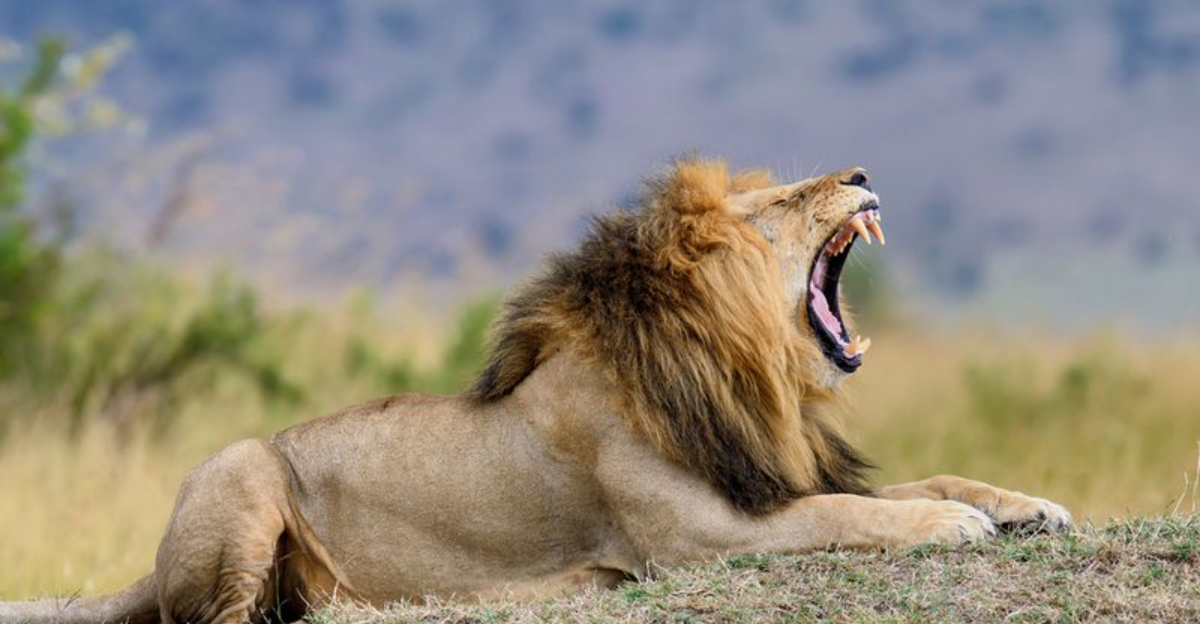
Hey there, ever wondered why you can hear a lion’s roar from five miles away? It’s like nature’s version of a megaphone!
Lions, with their majestic presence, have some pretty cool tricks up their furry sleeves when it comes to roaring.
Let’s explore the awe-inspiring reasons behind this incredible phenomenon. Buckle up, because we’re about to dive into the wild world of one of nature’s most powerful sounds.
1. Vocal Powerhouses
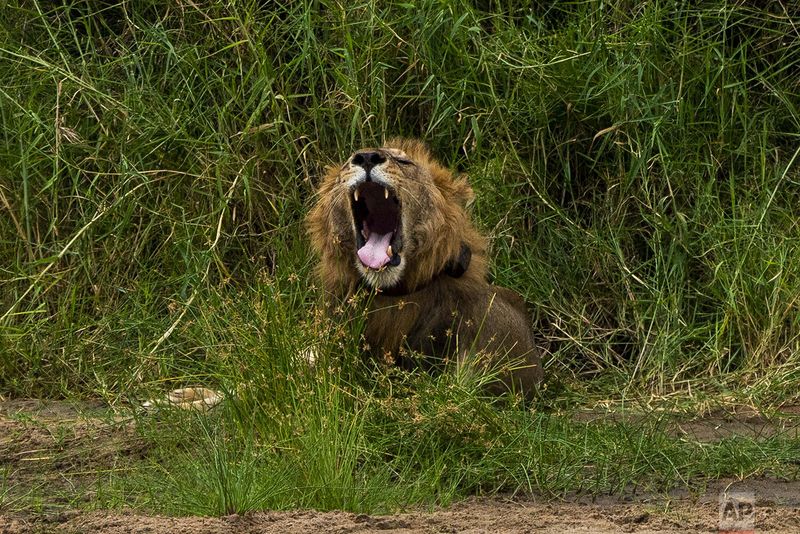
Lions are the kings of vocal power! With vocal cords that can stretch and vibrate with incredible force, they produce roars that resonate far and wide.
These vocal cords work overtime to create sounds that carry across vast distances. Each roar is a masterpiece of natural engineering.
By using the wind and the open landscape, their roars travel miles, warning rivals and gathering their pride.
2. Amplifier Anatomy
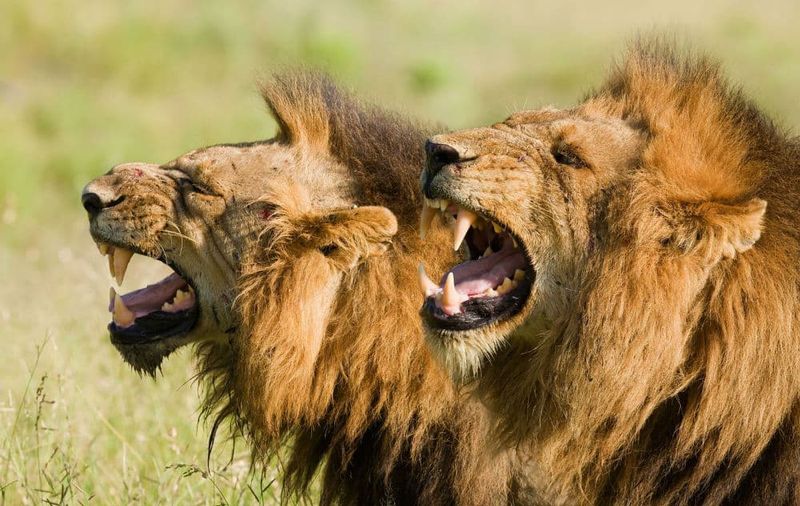
Inside a lion’s mighty throat lies a natural amplifier. Their unique anatomy, including a long trachea and a large larynx, helps to magnify their roars.
These adaptations allow lions to broadcast their presence across miles. It’s nature’s ultimate sound system, engineered to perfection over millennia.
When a lion roars, it’s not just heard – it’s felt. The deep, resonant sound waves ripple through the air, leaving an unforgettable impression.
3. Social Communication
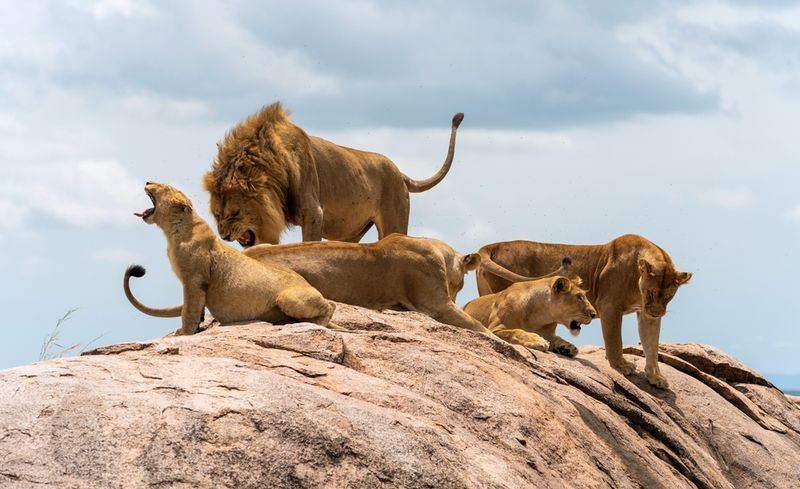
Roaring isn’t just about showing off – it’s a vital part of lion social life. These sounds help lions keep in touch with their pride members, ensuring everyone knows their place and role.
A roar can signal everything from a friendly hello to a warning to stay away.
This social communication is crucial for maintaining the harmony and structure within a pride. Without it, the balance of power could easily shift, leading to chaos in the wild.
4. Territorial Claims
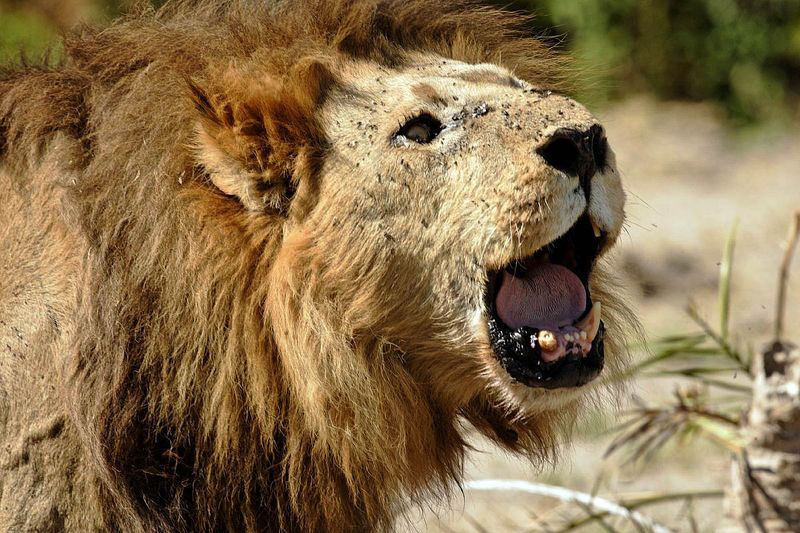
In the wild, territory is everything. Lions use their powerful roars to stake their claim on vast areas of land. It’s like posting a “No Trespassing” sign that can be heard miles away.
These vocal declarations help keep other lions at bay, reducing the need for physical confrontations. It’s a strategy that saves energy and minimizes the risk of injury.
By letting their presence be known, lions can maintain control over their domain and protect their pride from potential threats.
5. Echoing Landscapes
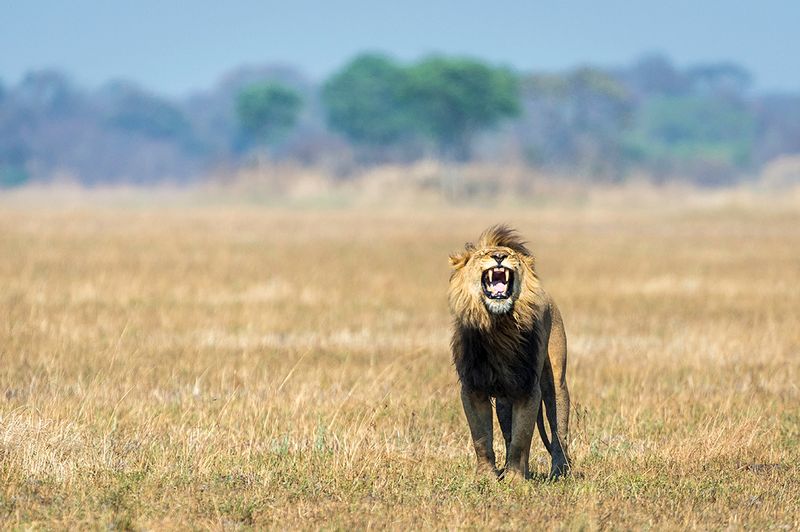
The landscapes lions inhabit play a big role in the reach of their roars. Open savannahs and rolling hills serve as natural acoustic chambers, amplifying their calls.
This geographical advantage allows the sound to travel even further, bouncing off the terrain and reaching distant ears.
It’s a brilliant use of the environment to enhance their vocal reach, ensuring that their message is heard loud and clear.
In the wild, every sound counts, and lions have mastered the art of communication through echoes.
6. Roar Dynamics
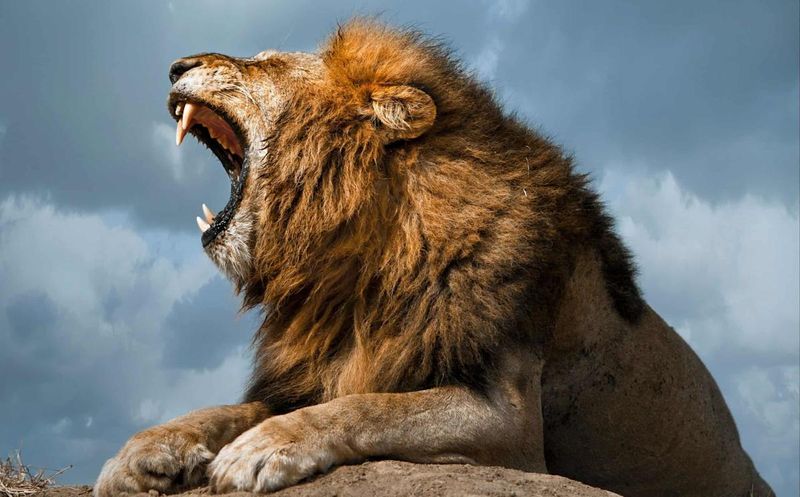
Lions aren’t just loud – they’re dynamic. The intricacies of their roar involve a rich tapestry of pitches and tones. These variations add depth and distance to their calls.
Each roar starts with a low rumble that builds into a thunderous crescendo, sending sound waves rippling through the air.
These dynamics not only communicate strength but also adaptability, allowing lions to alter their vocal strategies depending on the context and audience.
7. Nighttime Acoustics

Nighttime is when lions truly shine. Their roars seem even louder and travel further once the sun sets. This is due to cooler temperatures and less atmospheric interference, which help carry sound waves over great distances.
The stillness of night amplifies their calls, turning the savannah into a stage for these nocturnal performers.
It’s a hauntingly beautiful experience to hear a lion’s roar echoing under the stars, a reminder of the wild world’s power and mystery.
8. Vocal Learning
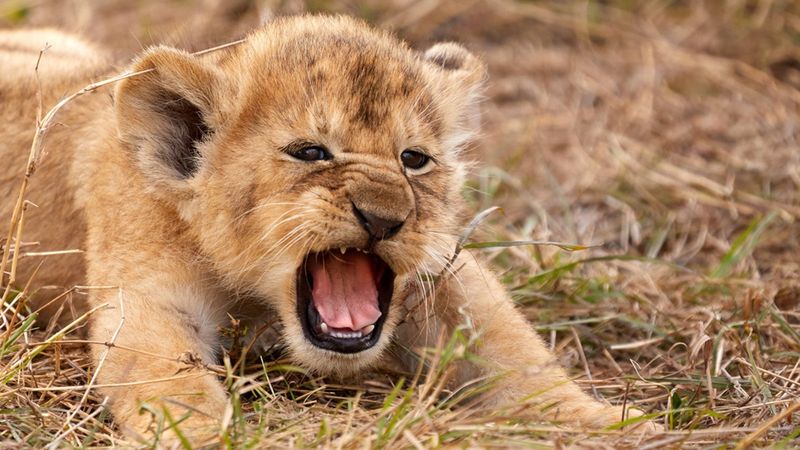
Lion cubs start learning the art of roaring from a young age. Watching and listening to their elders, they practice and perfect their vocal skills.
This learning process is crucial, as it prepares them for future roles as leaders and protectors of their pride.
The ability to roar effectively can dictate their success in the wild, making it an essential skill passed down through generations. It’s nature’s way of ensuring that the legacy of the roar continues.
9. Gender Differences
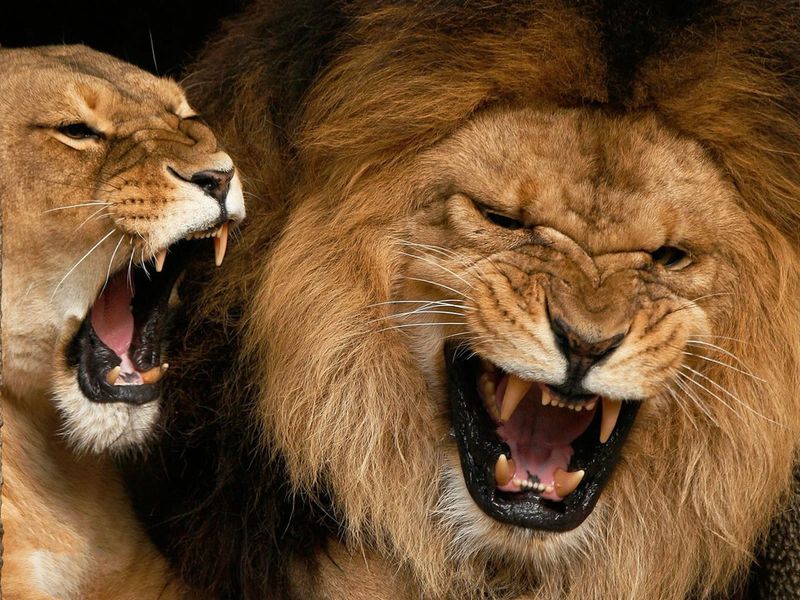
Did you know that male and female lions roar differently? Males generally have deeper, more resonant roars due to their larger size and more robust vocal cords.
Females, on the other hand, have slightly higher-pitched roars, but they are no less powerful. These differences allow them to play distinct roles within the pride.
While males often use their booming roars to assert dominance, females utilize theirs to coordinate and communicate with the pride. It’s a fascinating showcase of nature’s diversity in sound.
10. Roar Evolution
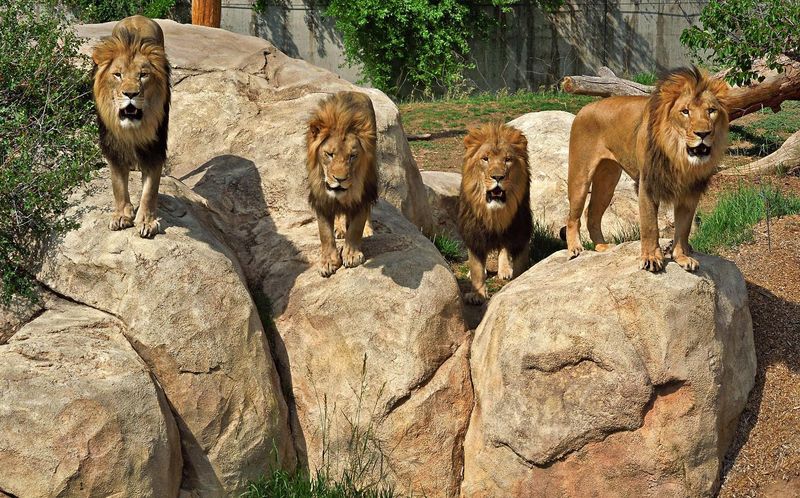
Over millions of years, lions have perfected their roar. Evolution has played a key role in shaping their vocal prowess, selecting for traits that enhance their ability to communicate over vast distances.
This evolutionary journey has led to the lions we know today – masters of both sound and survival.
By honing their roaring skills, lions have managed to thrive in some of the world’s most challenging environments, demonstrating the power of adaptation and the importance of sound in the animal kingdom.
11. Survival Mechanism
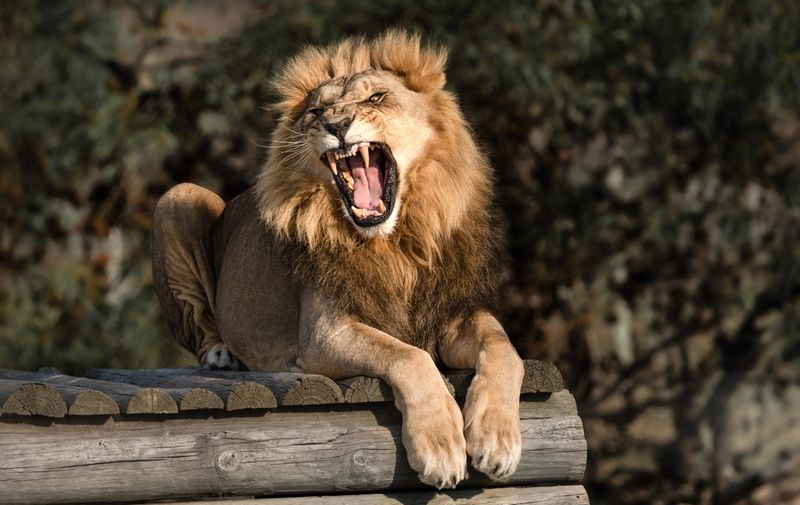
Roaring isn’t just about sound – it’s a crucial survival mechanism. By asserting vocal dominance, lions can deter predators and rivals without engaging in physical combat.
This strategic use of sound helps them conserve energy and avoid unnecessary risks. It’s a smart and effective way to maintain their position at the top of the food chain.
12. Symbol Of Majesty
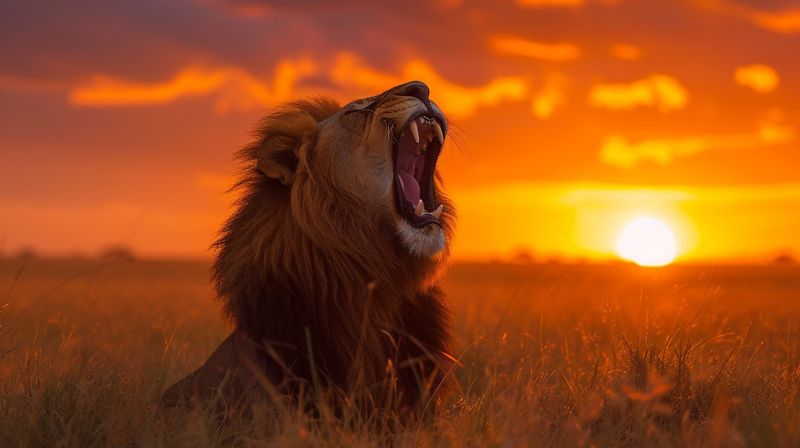
The roar of a lion is more than just a sound – it’s a symbol of majesty and power. Throughout history, lions have been revered for their strength and presence, and their roar is a testament to that image.
It embodies the essence of the wild, capturing the imagination of those who hear it.
In many cultures, the lion’s roar has become a symbol of courage and leadership, a fitting representation for an animal that commands respect in every aspect of its life.


